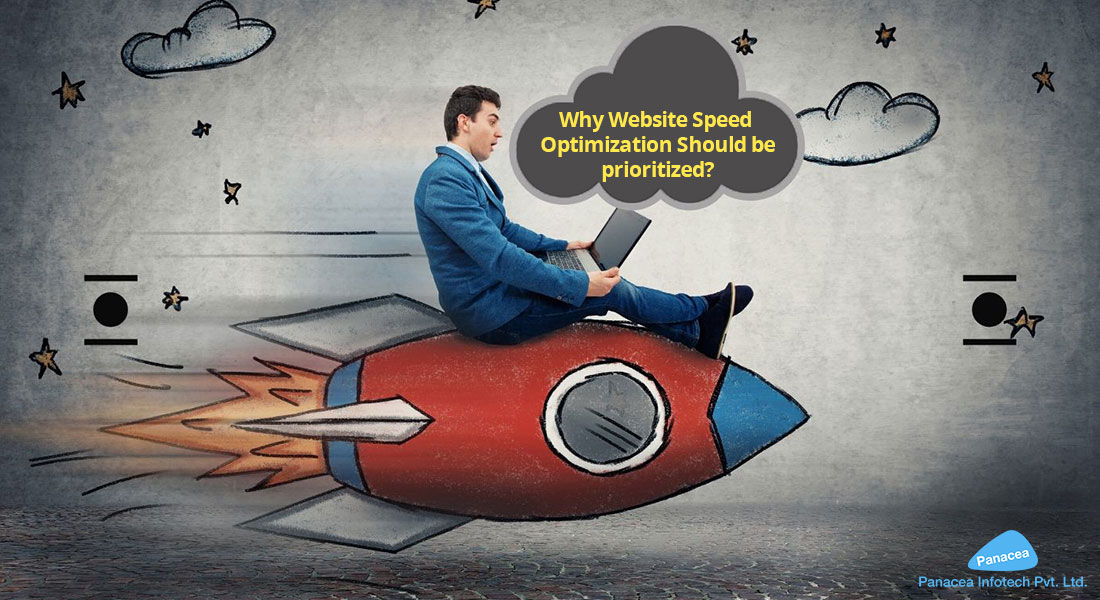Website performance optimization, which is at the core of superior website design, is the most significant success factor for current online businesses. The high-speed page loading increases visitor engagement, sales, and user retention. Direct website response helps to boost conversion rates. Website performance affects the ranking of search engines developed under specific algorithms involving key factors such as website response, page speed, UX and UI, and many other website performance parameters.
The basic principle of capitalizing on website performance emphasizes on page speed optimization right from the start. Plug-ins for performance adjustment, server-side scripting, and final adjustments have minimal, yet significant impact on load times and page speed. The criticality of page speed optimization should be at the top. Yet, online business owners and web developers tend to overlook the parameter while defining the website development and design strategies.
Reason Why You Should Do Speed Optimization Now
You cannot risk your website rankings as it direct hits the business.
Improved Rankings
Google takes load times too seriously these days when it comes to site indexing. Working on loading time is the simplest method to assist customers in attaining their SEO goals faster. If you rank high on Google, you can also get more traffic from Google, bringing in even more customers and lead.
A satisfied customer brings more numbers.
Following the fact, customers don’t like to wait for much for sites to load. Even a one-second delay can straight impact your customer base. Thus, building a visually appealing website and stressing website speed can keep customers engaged and, more importantly, happy, which ultimately turns into potential and profitable leads.
Simple Ways To Increase Your Website Speed
Improve server response time – Use GTmetrix, WebPageTest.org, Chrome Dev Tools, and Pingdom to identify current performance issues and determine the slowing down the delivery process.
Browser caching – You can facilitate this slow and expensive process by bringing an effective cache policy that lets the client determine the reusability of the past responses. According to Google, the minimum cache time should be of one week and a maximum of one year, especially for assets.
Minimize web assets – Minimizing redundant data from resources provided so visitors can significantly impact your site’s speed and overall performance. Redundant web resources are repeated CSS styles, comments, or spaces in HTML code, or image metadata.
You can also use various performance testing tools;
These tools include;
- Appvance
- NeoLoad
- LoadComplete
- WAPT
- Loadst
- LoadView
- io
- AppLoader
- Apache JMeter
- WebLOAD
- LoadUI NG Pro
- LoadRunner
Bottom Line;
With a good page loading speed for your site, you can offer your potential customers an enhanced experience. While focusing on SEO tactics on the page, dynamic content building, and get reliable backlinks, a good website speed already places you in a win-win situation if executed effectively.
While it is essential to get new traffic to your site, the bottom line is that it is expensive affair to bring in new customers than those you already have. Nurturing your current customers and providing them with an incomparable experience is the key to success in the digital business world.
Panacea Infotech is a leading digital marketing service provider with a reputed and successful SEO project, web design and development, and other online marketing services.
Connect now to stand out!

